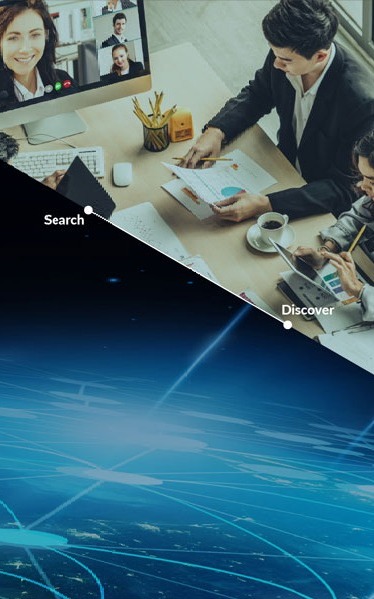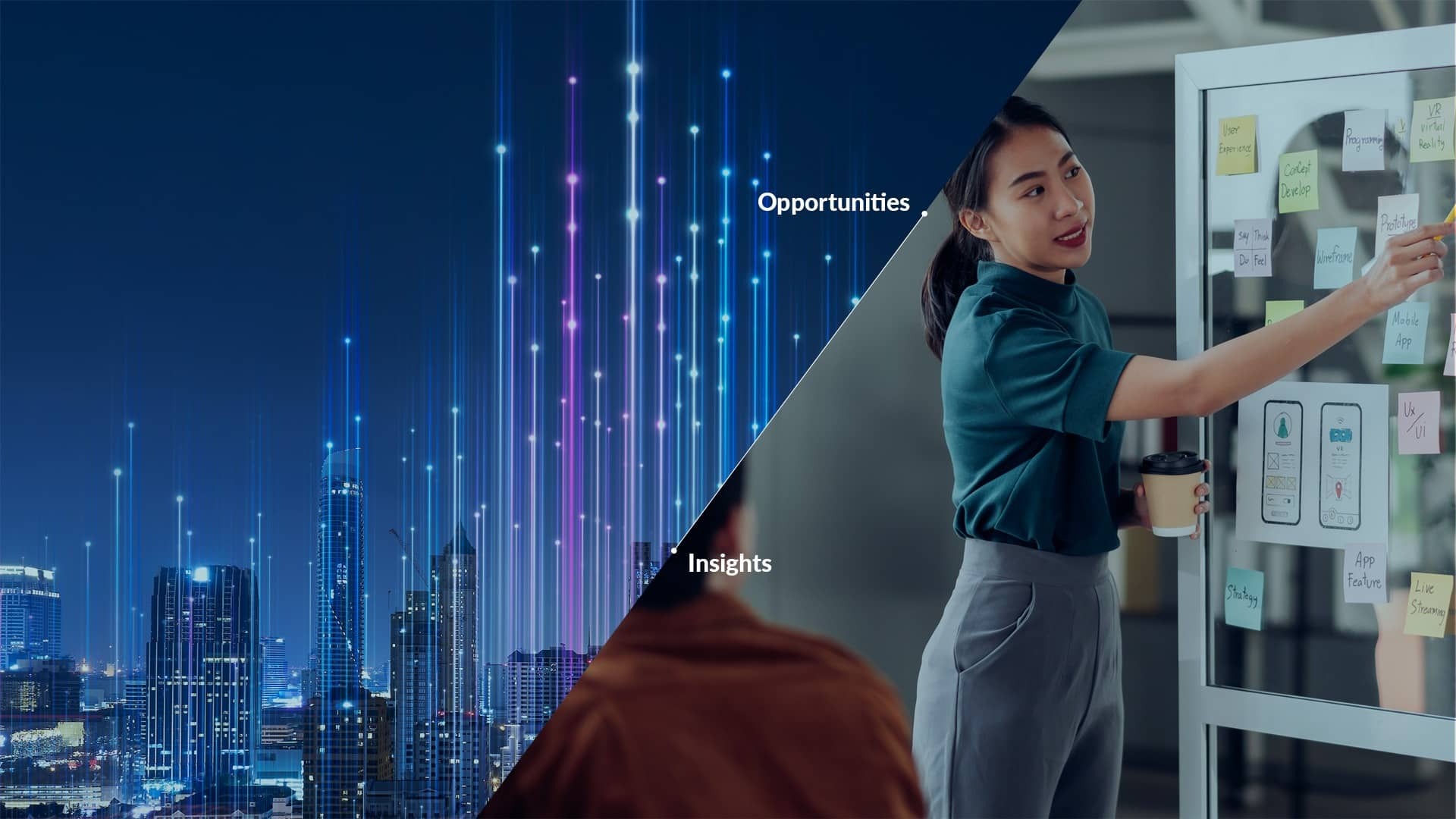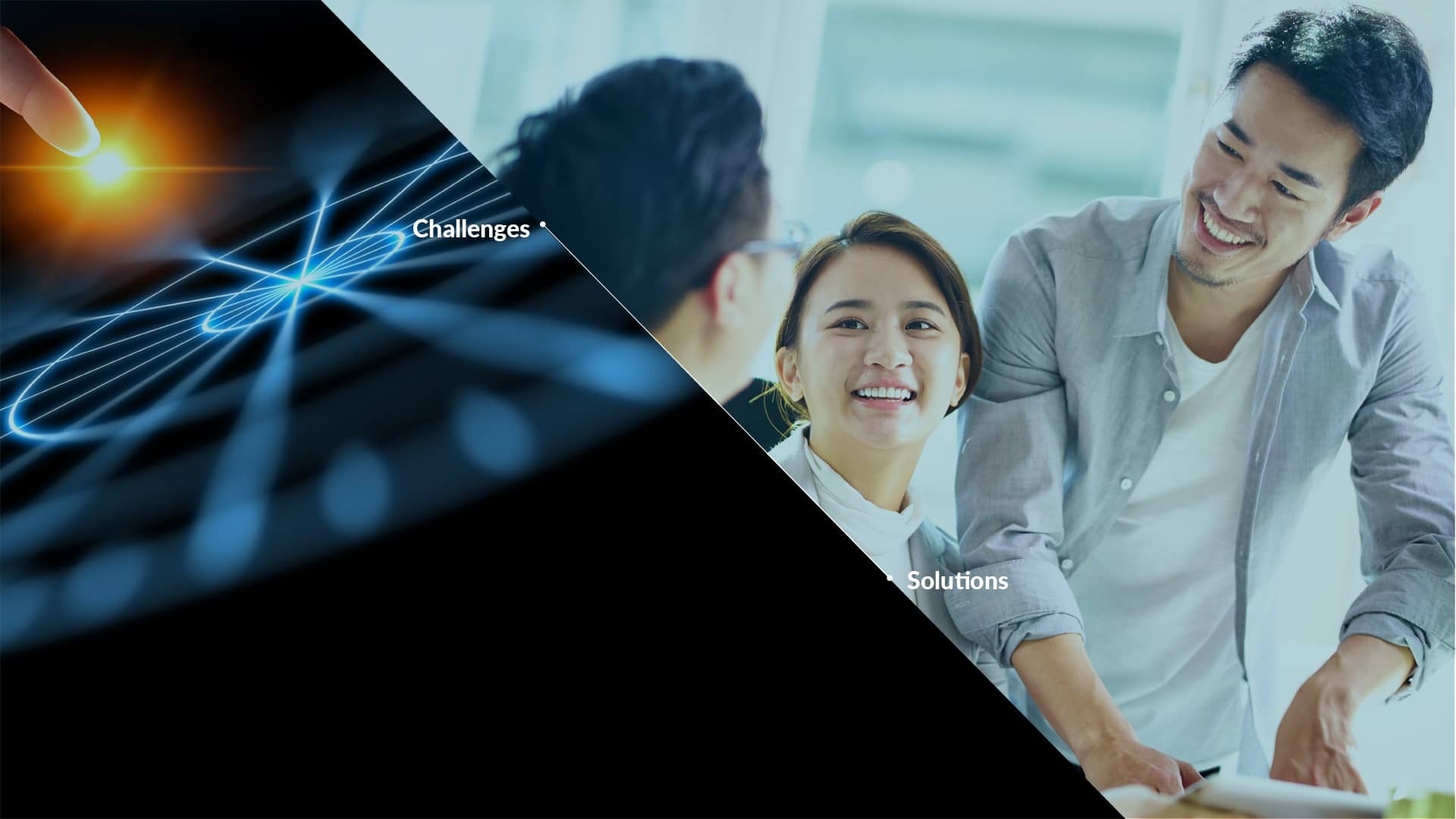Eco-Friendly Microcapsule Solutions for Industrial Adhesives
The use of traditional industrial adhesives faces persistent challenges, including VOC emissions, material waste, process bottlenecks, high energy consumption, and slow product iteration. These issues are leading to heightened regulatory scrutiny from environmental agencies and increasing demands for energy conservation and emission reduction. Furthermore, traditional adhesives manufactures do not meet the automotive and electronics industries' need for rapid product iterations. This microcapsule-based encapsulation technology (µCaps) addresses these challenges by enabling intelligent encapsulation and precise controlled release of adhesive components while minimizing environmental impact.
Built on pioneering "Accurate Architecting Technology at the Micro- and Nano Interface" and a high-throughput µCaps screening and synthesis platform, this technology facilitates controlled, on-demand release and customizable core material functions in adhesives. It provides significant customization and operational flexibility while producing adhesives with lower VOC content, resulting in improved eco-friendliness, enhanced adhesion, and energy-saving properties. With precise control over the micro- and nanostructures of adhesive components, this technology is ideal for high-value applications in the automotive, electronics, and aerospace sectors.
The technology owner positions itself as an innovative solution provider in the industrial adhesives sector, offering a range of µCaps to customers. They seek collaboration through joint R&D projects with adhesive manufacturers and companies in industries such as automotive, electronics, and aerospace. The focus is on those looking to penetrate the high-value-added industrial adhesives market, co-developing innovative products and applications that fully leverage this technology's potential.








.jpg)







